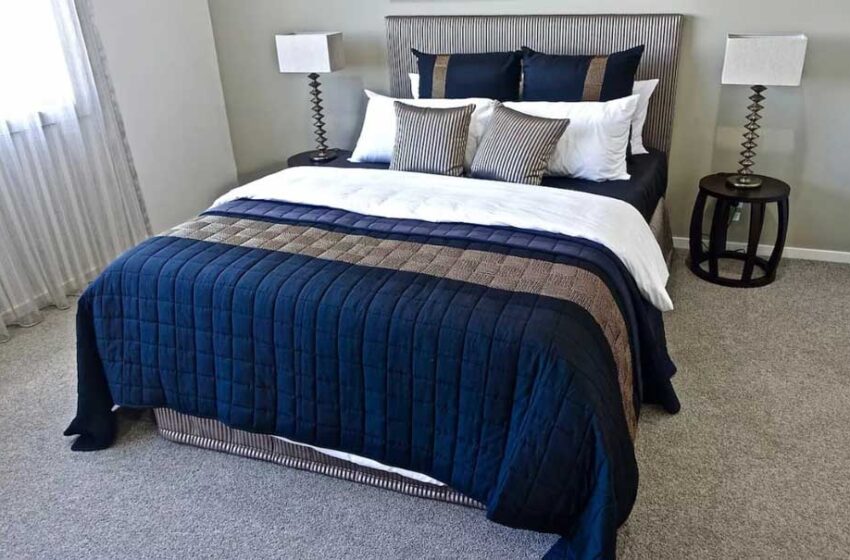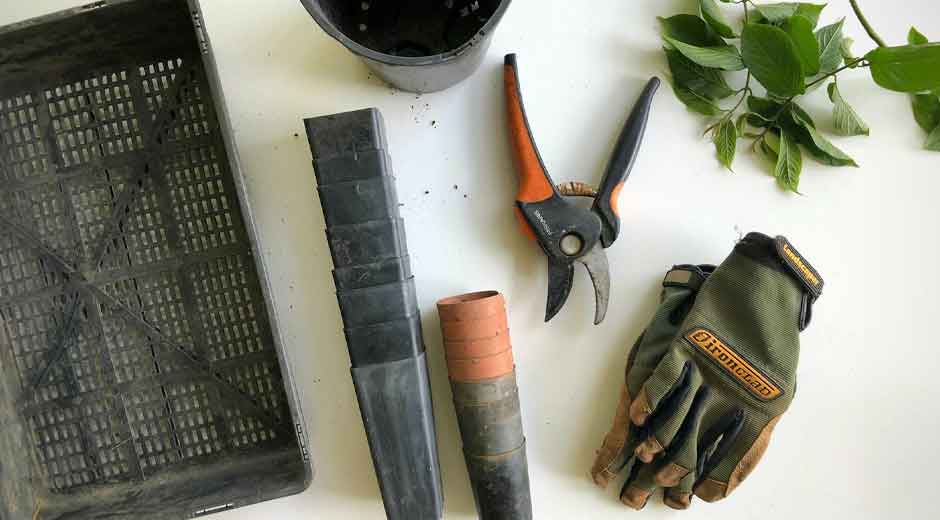How Do You Choose the Right Fabric for Bed Sheets

A good night’s sleep begins with right set of bed sheet. Superior bed linen protects not just your pillow and mattress but also offers an extra comfort and the relaxation touch that makes it easy to sleep. Besides its purpose, bed sheets also play an important part in deciding the entire style and ambience of your bedroom. However, not all bed sheets are the same. Choosing the best one is a matter of a lot of things the fabric, how you sleep, and the look you are attempting to achieve. Weather should also be taken into consideration. If you hail from a cold climate, use sheets that are capable of insulating and providing warmth. For those who come from warm weather, light breathable materials that serve to cool you throughout the night are the answer. With a wide variety of fabrics and designs, t & a textiles wholesale bed linen offers high-quality options that both offer comfort and style, making it easier to find the best fit for each season and sleeping position.
Begin with Your Comfort Levels
Comfort is the first consideration in bedsheet selection. Consider how you would want your bed to feel. Though some individuals enjoy freshness of cotton and others like the silky sensation of satin. Breathable textile like percale cotton or linen help to keep you cool if you sleep hot. For those who adore warmth and softness and flannel or jersey knit could be your top choice. Follow your gut feeling. Your body knows what it prefers. The correct fabric must seem like an invitation to unwind.
Consider Thread Count And The Weave.
Thread count reveals the number of threads woven into a square inch of material. More doesn’t always indicate superior quality. Above 400, in reality, thread counts sometimes use thinner threads which cannot have longstanding use. Instead, note the weave of your fabrics. Percale has a smooth appearance and a hard handle. With a gentle drape, sateen has a sleek evenness. Flannel’s warmth comes from its brushed weave. See past numbers. Concentrate on the feel and performance of the material.
Consider the Climate You Sleep In
Choosing bed sheet material depends much on your local environment. Living in a warm, moist location? Linen, bamboo, or cotton breathable, moisturewicking fabrics help you to stay cool. Linen naturally maintains warmth and becomes softer in each cycle. Heavier materials like flannel or microfiber will give warmth in cooler regions. Select materials that help your body to be comfortable independently of the season. That way, you won’t wake up sweaty or shivering.
Differentiate Between Natural And Synthetic Fibres.
Breathable and soft on the skin, natural synthetic fibres such as cotton, linen, and bamboo runners. Their ability to be nonallergic makes them perfect for sensitive sleepers. Cheaper but possibly heat-trapping and less breathable synthetic materials include polyester or microfiber. Blends combine two worlds in an ideal fashion. With some softness, a cotton polyester mix is quite strong. Stick with cotton or linen if you prefer a natural feel. For lower cost and simple maintenance being more important, a top-notch blend works best.
Match Fabric to Your Lifestyle
Consider how often your sheets get laundered. Choose a strong fabric like cotton or microfiber if you launder weekly. These materials last long and wrinkle little. If you don’t want to iron or want luxury, sateen or linen is perfect. People who have pets or children might prefer sturdiness and ease of maintenance. Organic cotton or bamboo sheets match your values if you’re big on an environmentally friendly lifestyle. Choose what suits your every life, not only what looks appealing in photographs.
Inspect for Allernations and Skin Sensitivities.
Your clothing selection makes a lot of difference whether your skin is sensitive or allergic. A favoured option that is also safe is organic cotton. It has grown organically and has a soft hand on the skin. Another excellent choice is bamboo sheets. Naturally, antimicrobial chemicals resist dust mites. Stay away from very much dyed or chemically handled textiles. These could cause breakouts or irritate your skin. Always examine labels. Choose hypoallergenic elements to make a peaceful resting area free of dust and allergens.
Pay Attention To The Long-Term Worth.
Quality usually translates to cost, but there are exceptions. Although expensive, high quality fabrics like linen and Egyptian cotton last for years. With each wash they grow softer and pilling is resisted. At first, low cost sheets might seem good but they will wear down quickly. With time you will spend more and more to replace all of them. Buy fabric with long durability and comfort. View your sheets as an aspect of your well-being maintenance plan. Since you apply them every evening, it pays to choose wisely.
Conclusion
Selecting the correct material for bed sheets is not just about colour or thread count. It is about recognising how textiles act, knowing what feels comfortable on your skin, and choosing what fits your way of life. Sometimes the best sheets are not those that cost the most. They are the ones that enable you to sleep well, relax, and wake up revitalised. Begin from your senses. Let touch, practicality, and comfort guide your decision.





